No matter how well you organize your business, sometimes you just aren't productive. It seems that the day doesn't have enough hours to complete everything you need to do and you end up frustrated. Ultimately, this will start a decline spiral where you'll start to get anxious and nervous. So, instead of doing what you have to do you just keep thinking about what it is still missing.
So, how can you improve productivity at the office?
So, how can you improve productivity at the office?
#1: Evaluate Your Office Chair:
One of the reasons why so many people just can't be productive in the office is because they are not comfortable. As a desk worker, you want to ensure that you have all the comfort and support your body needs to work well. So, you should consider a new office chair or even a gaming chair. While you may find this second option a bit odd, the reality is that there are gaming chairs that are great in terms of support and comfort. So, you should definitely consider them.
#2: Take A Break:
Even when you are using a great gaming chair, this doesn't mean that you can keep working hour after hour without a break. Just think about when you were a kid and you had a recess. This was meant to help you learn better. So, by taking frequent breaks, when you come up you'll be more productive. Notice that you should make your breaks short.
Discover the best gaming chairs you can use at the office.
Discover the best gaming chairs you can use at the office.
#3: Plan In Advance:
Before you actually get to work as soon as you arrive the office in the morning, you should dedicate about 15 minutes of your time to plan your day. Just make a list of the tasks that you need to complete and the order that you are going to follow.
#4: Listen To Music:
The truth is that one of the things that may be affecting your productivity may be related to the noise around you. In case you share your office with other co-workers, you may feel the need to find a peaceful location just to do your job. While you probably don't have this option, you can consider listening to music while you work. Music tends to calm people down and some types of music can even help you improve your focus. Besides, when you are wearing headphones, you will be able to keep the noise out.
These are the top gaming chairs that you need to improve productivity.
These are the top gaming chairs that you need to improve productivity.
#5: Don't Have Lunch At Your Desk:
When you have a tight deadline that you just can't miss, you may tend to have lunch on your desk. After all, you can keep working between a bite and another. However, this won't work out as you planned.
The reality is that it is better to actually leave your desk and have lunch in about 15 minutes then eating in your workplace. You will be able to stretch your body muscles and clear your mind a bit.
The reality is that it is better to actually leave your desk and have lunch in about 15 minutes then eating in your workplace. You will be able to stretch your body muscles and clear your mind a bit.






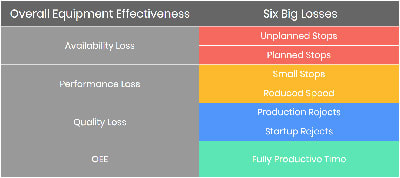

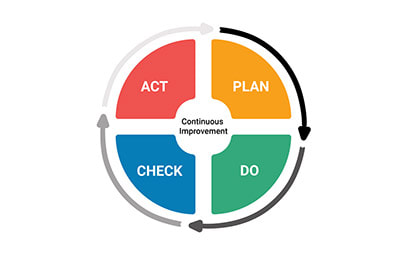
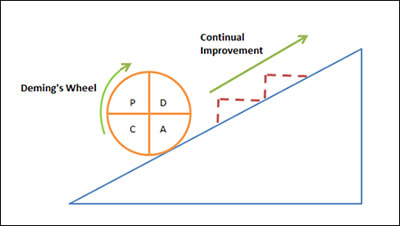
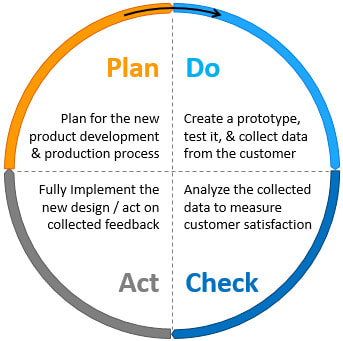
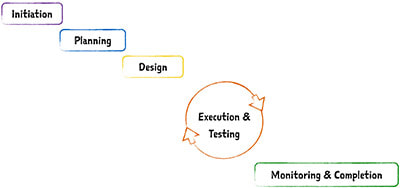
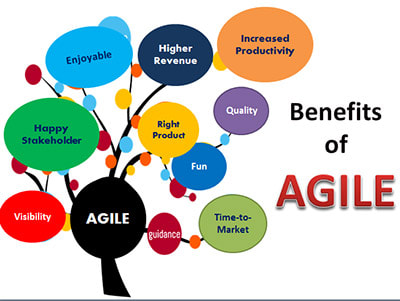

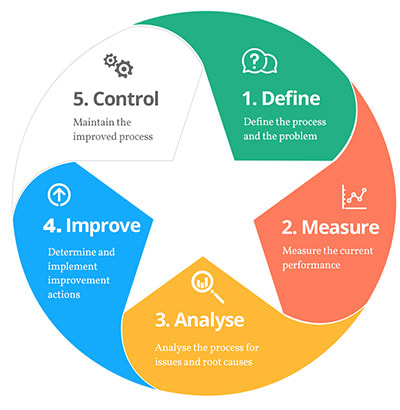












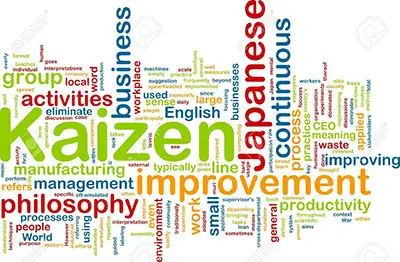



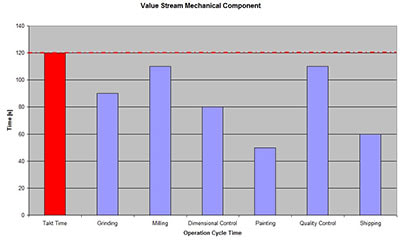
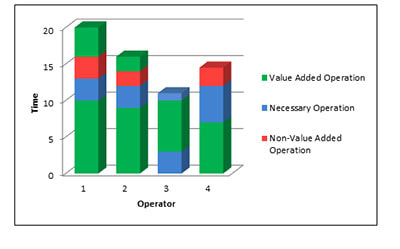
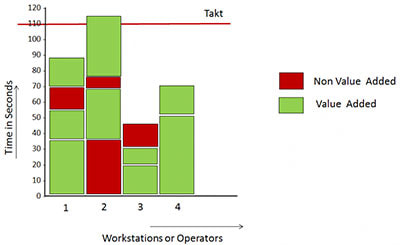
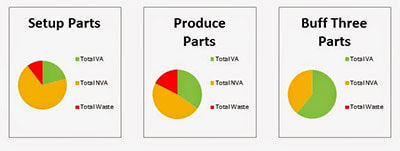





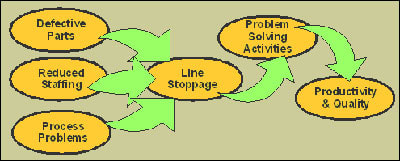

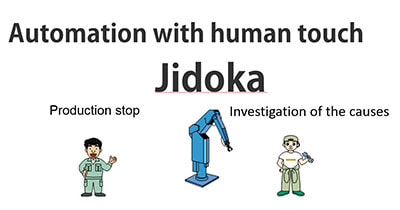
 RSS Feed
RSS Feed